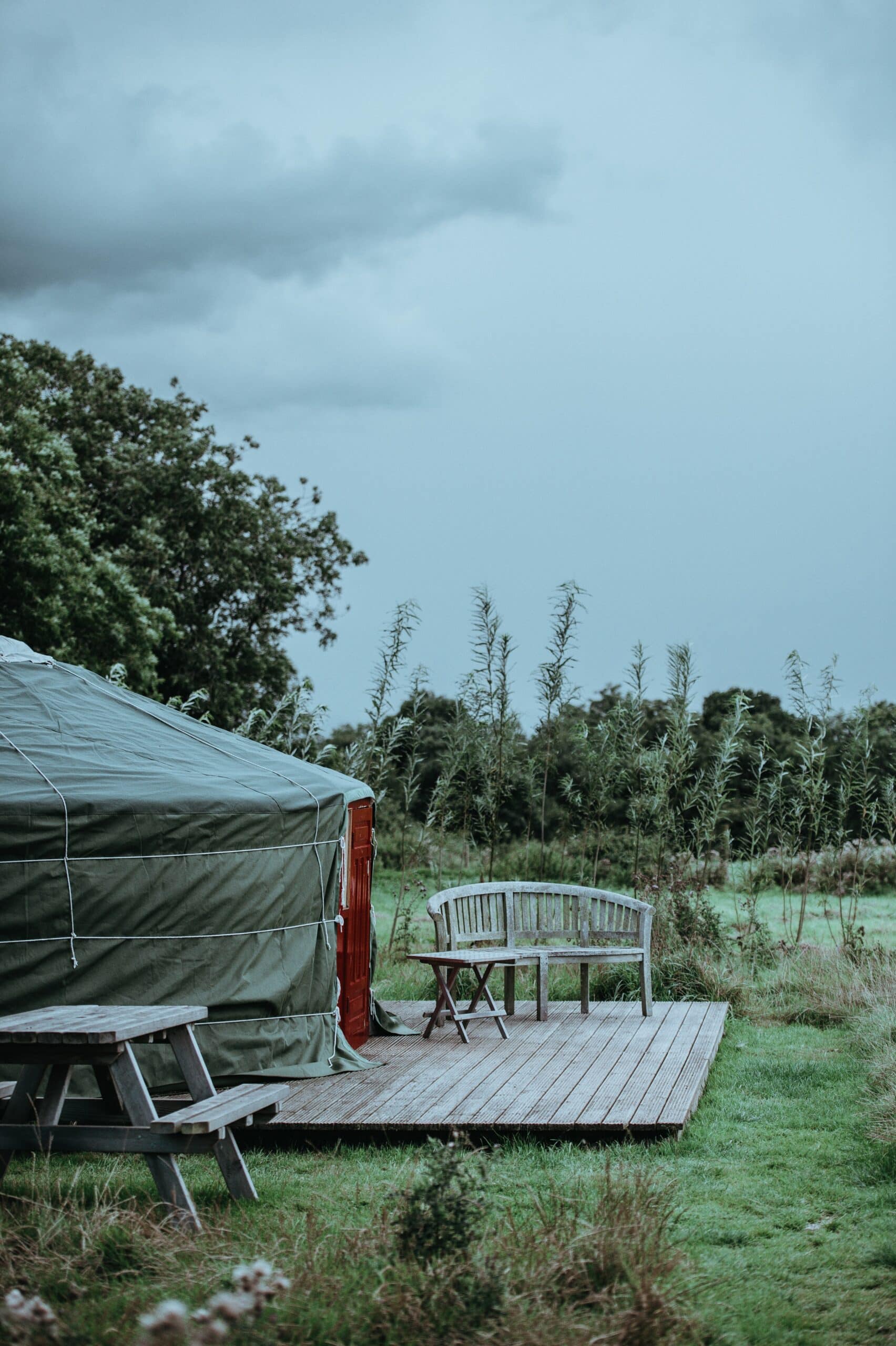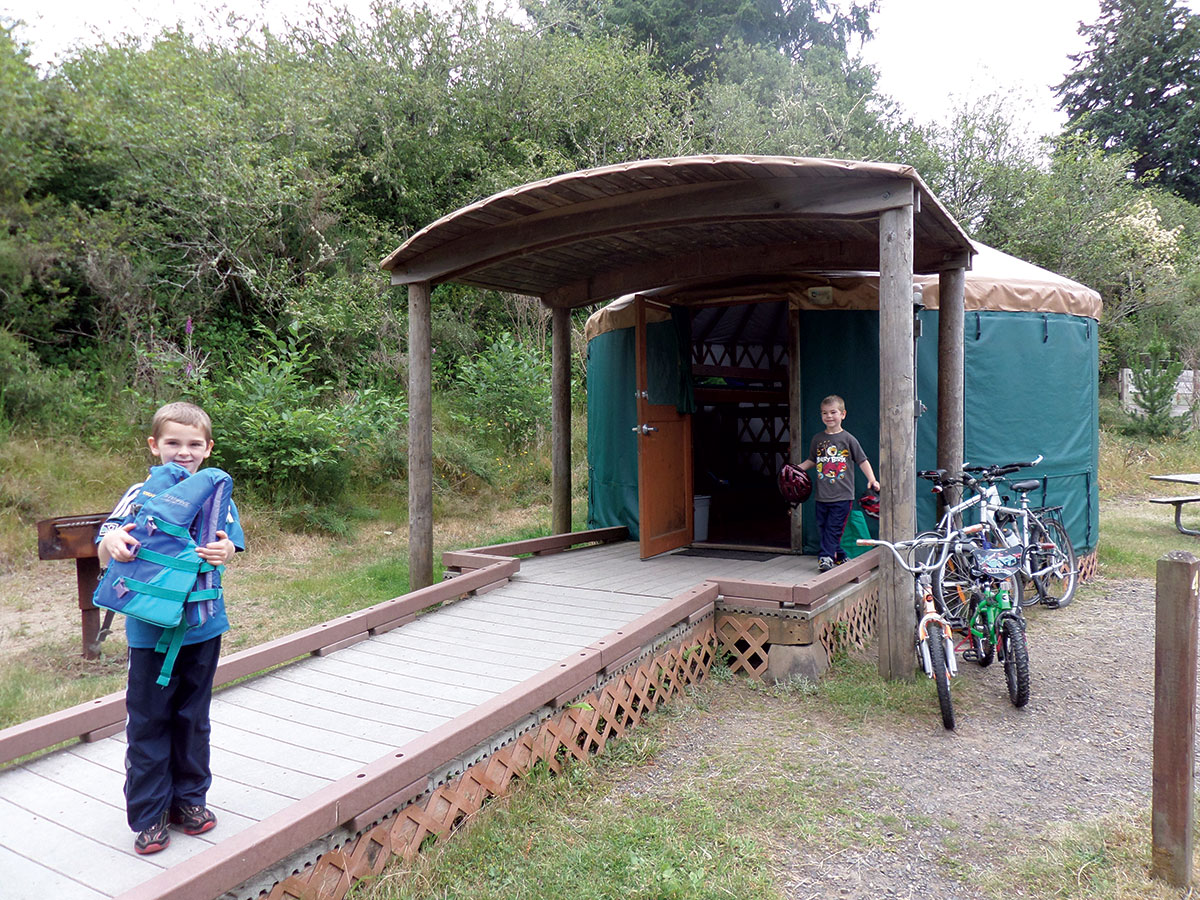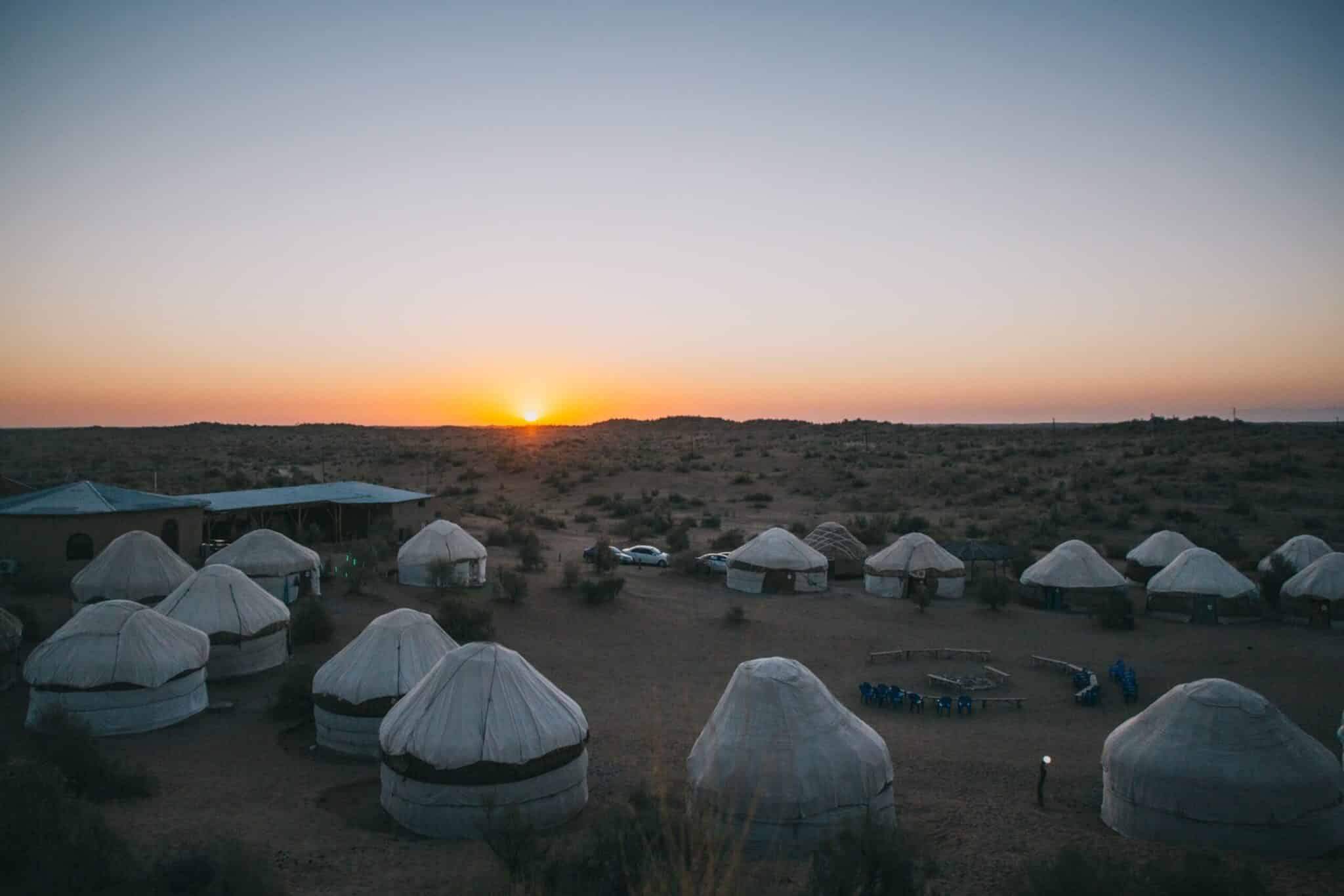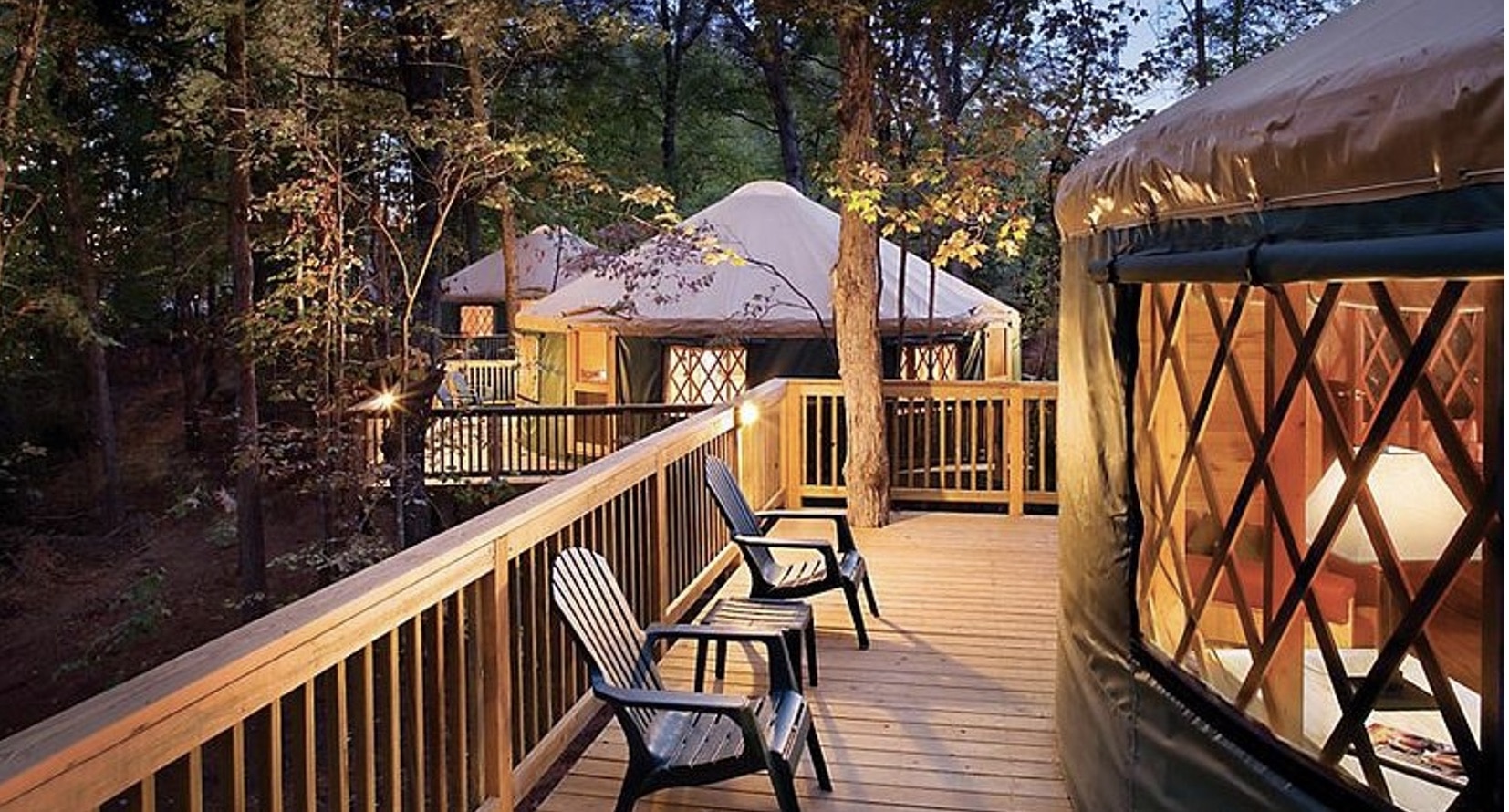Winter Yurts
If you’re considering yurt living in the winter, you’re probably wondering how to keep your yurt warm in the winter. In our experience, living in a yurt in winter is a fantastic experience. Winter yurt accumulate and block the airflow underneath the yurt in winter and we promise you won’t get cold.
Winter yurts are a relatively new trend, but they’re already spreading their appeal to the masses. As the name suggests, winter yurts are the same as regular yurts, except they have been designed to be used year-round. Winter yurts have been growing in popularity over the past few years and many people are choosing to live in a winterized yurt as opposed to more traditional housing arrangements. yurt in winter isn’t just for snowbirds, though—they can also be used to bring sweeping views of the landscape indoors and create a cozy home base no matter what time of year you choose to stay there. Winter is a fantastic time to live in a yurt!
Winter yurts are a great way to enjoy a unique, fun experience in the winter and to stay warm and cozy, and the perfect place for hanging out with friends and family.
Get know more about luxury yurts at: https://yurtspaces.com/did-you-say-a-luxury-yurt/
Since yurts are made of wood and other natural materials, they accumulate and block the airflow underneath them, which helps prevent you from getting cold during the winter, A winterized yurt is better to live or spend your vacations in winter.
If you live in a yurt, you already know that your home is one of the most energy-efficient options on the market. This makes it ideal for cold weather. The canvas walls of a yurt block out the wind, which keeps you warm in the winter and cool in the summer. Yurts can be insulated too, but if you live in a yurt and want to keep warm this winter, there are some things you can do to keep your home cozy and comfortable.
While winterizing a yurt can be a bit challenging, using the right materials and some pre-planning, you can live quite comfortably in your yurt in winter in even the most extreme weather. So how do you winterize a yurt?
Here are some tips you’re probably wondering to winterize a yurt or How to keep your yurt warm and cozy:
Yurts offer a number of added benefits when considering your off-grid living. But in order to stay warm throughout the winter, a few changes need to be made.
- Look for an insulated yurt, add an extra layer of insulation and make sure you don’t have any drafts, or insulate your floor with an extra layer of plywood or corkboard.
- Cover any exposed wood beams with insulation before putting up tarps or other coverings over them to keep out drafts.
- Seal any cracks or holes in your yurt. A spray-on sealant will be the best option for closing off these entry points. If you can’t seal the hole with a spray, make sure to use weather stripping on the door and windows so that air can’t sneak its way through.
- Install a heater inside your home that runs off of propane or electricity (and make sure it’s safe!). We recommend using a small space heater that can be plugged into an outlet inside your home to provide additional warmth if necessary (especially at night), but keep them away from flammable materials like curtains or furniture fabric so they don’t catch fire accidentally!
- You need to make sure that your outer coverings are well-maintained and in good condition. Your roof should also provide a barrier against the wind and rain, although it should also allow sufficient airflow so that you don’t have too much condensation inside the structure.
- Check that all of your windows are properly sealed with tape or glue to prevent cold air from escaping through gaps between the window glass and door frames. A helpful technique is to use tinfoil as a barrier around windows that aren’t protected by storms.
Yurts might look like they’re made out of sticks and hay, but this material is far more insulating than you’d think—after all, it’s the same material that traditional Mongolian yurts have been constructed with for hundreds of years to live in a yurt in winter. Yurts were originally discovered by nomadic people who lived in cold climates—the dome shape of a yurt naturally creates an air pocket underneath it that traps and keeps warm air inside the yurt in winter, without letting it escape. The blocks of air between the lattice-like walls of your yurt can reach upwards of 55 degrees Fahrenheit during the summer months—more than enough to keep you comfortable without any assistance from your heater, But as soon as temperatures drop below freezing, these blocks become perfect homes for cold drafts to enter through. Know about glamping in Dubai in luxury yurts: https://yurtspaces.com/glamping-dubai-luxury-camping-in-the-uae/
Living in a yurt in winter is a fantastic experience. Yurts accumulate and block the airflow underneath the yurt and we promise you won’t get cold!



